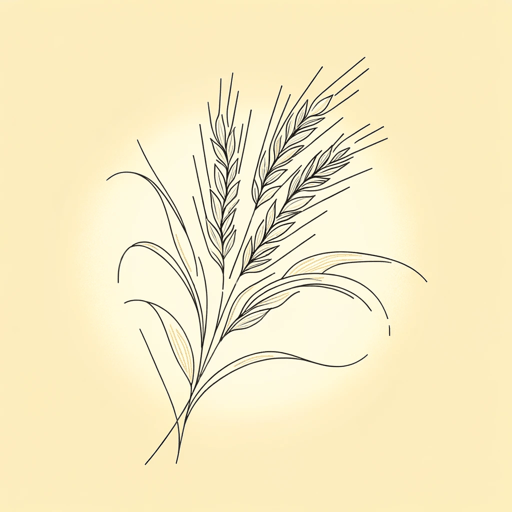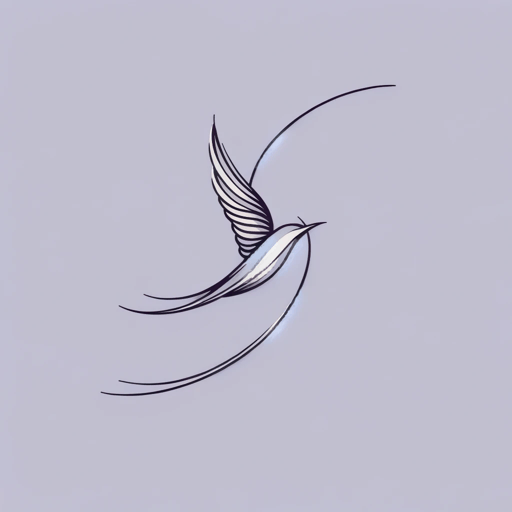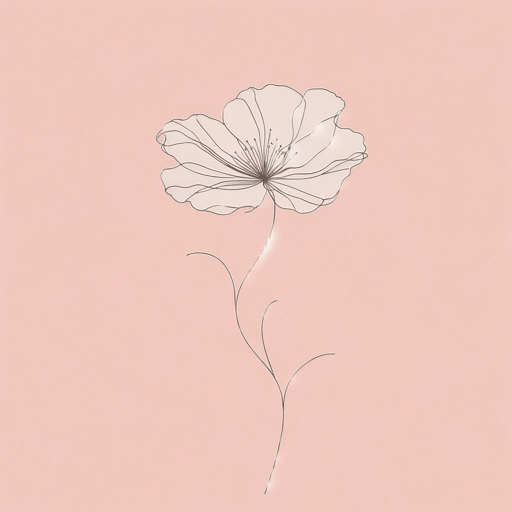18 pages • 36 minutes read
William WordsworthShe Was a Phantom of Delight
Fiction | Poem | AdultA modern alternative to SparkNotes and CliffsNotes, SuperSummary offers high-quality Study Guides with detailed chapter summaries and analysis of major themes, characters, and more.
Symbols & Motifs
Light
The presence of light, likely of divine origin, is a major motif in the poem. In Line 2, Mary “gleamed” upon the poet’s sight. Light seems to emanate from her. Her eyes light up like stars (Line 5). In Stanza 2, the poet refers to her as “A creature not too bright or good / For human nature’s daily food” (Lines 17-18). He is not saying that his wife is not intelligent; he means that, in addition to the light that radiates from her, she also has the more down-to-earth qualities that enable her to function in the day-to-day world. She is not merely a spiritual being. The last two lines of the poem also emphasize how light clings to Mary. The poet repeats the word “bright” in Line 29, and Mary partakes of “angelic light” (Line 30).
Otherworldliness
Otherworldliness is another motif or recurring element in the poem. It is most prominent in the first stanza, in which the woman is given otherworldly qualities. She is described as a “Phantom” (Line 1) and “Apparition” (Line 3,) as if she does not fully belong to the human world and has been “sent” (Line 3) from somewhere else. This sense of otherworldliness diminishes in the second and third stanzas, as the woman reveals her ability to function in the human world.
Related Titles
By William Wordsworth

A Complaint
William Wordsworth

A Slumber Did My Spirit Seal
William Wordsworth

Composed upon Westminster Bridge, September 3, 1802
William Wordsworth

Daffodils
William Wordsworth

I Wandered Lonely as a Cloud
William Wordsworth

Lines Composed a Few Miles above Tintern Abbey ...
William Wordsworth

London, 1802
William Wordsworth

Lyrical Ballads
William Wordsworth

My Heart Leaps Up
William Wordsworth

Ode: Intimations of Immortality from Recollections of Early Childhood
William Wordsworth

Preface to Lyrical Ballads
William Wordsworth

She Dwelt Among The Untrodden Ways
William Wordsworth

The Prelude
William Wordsworth

The Solitary Reaper
William Wordsworth

The World Is Too Much with Us
William Wordsworth

To the Skylark
William Wordsworth

We Are Seven
William Wordsworth

